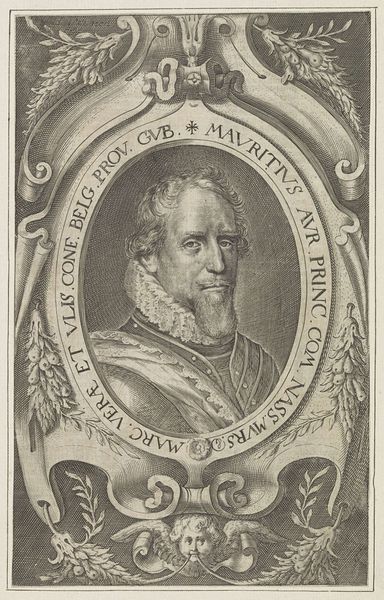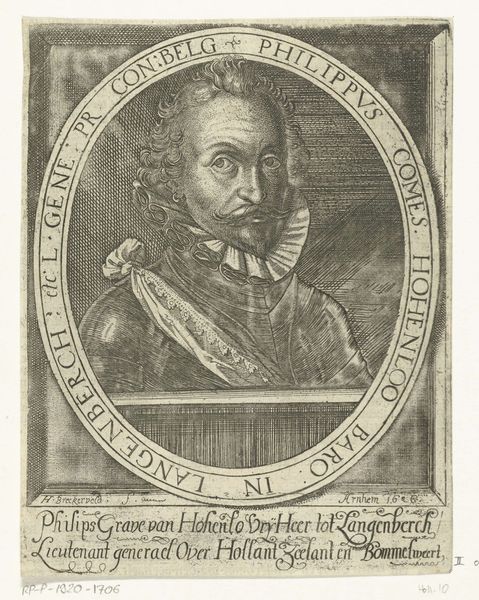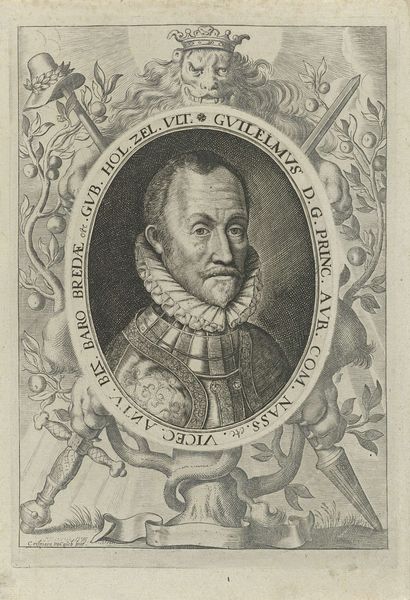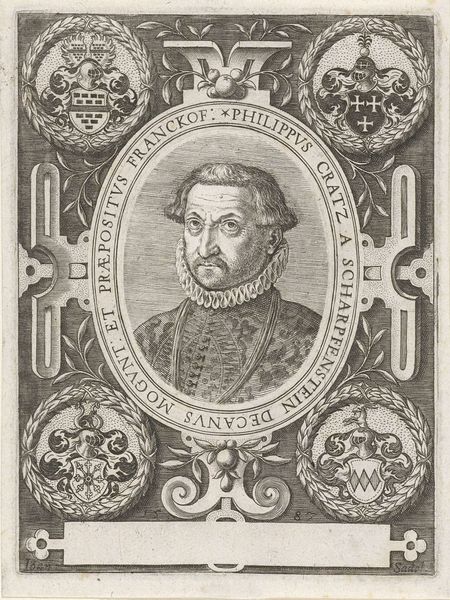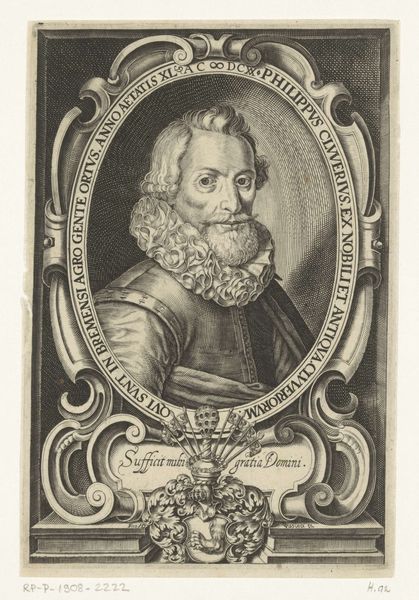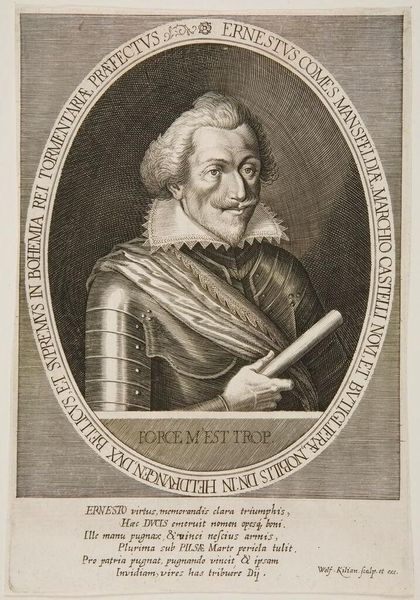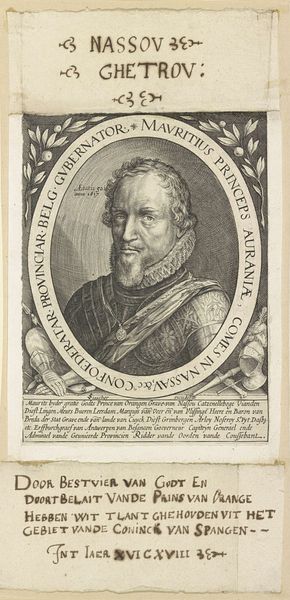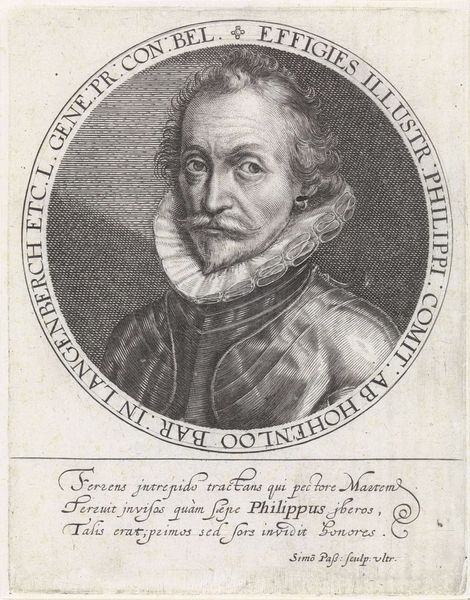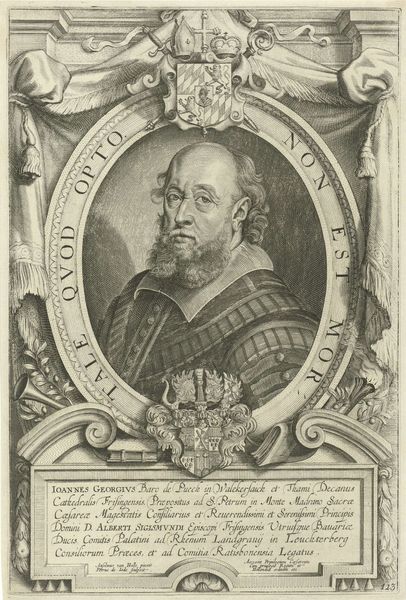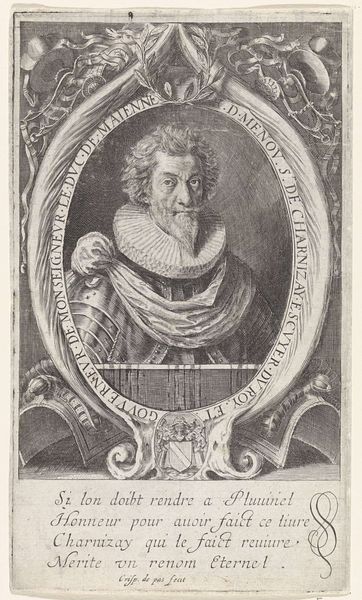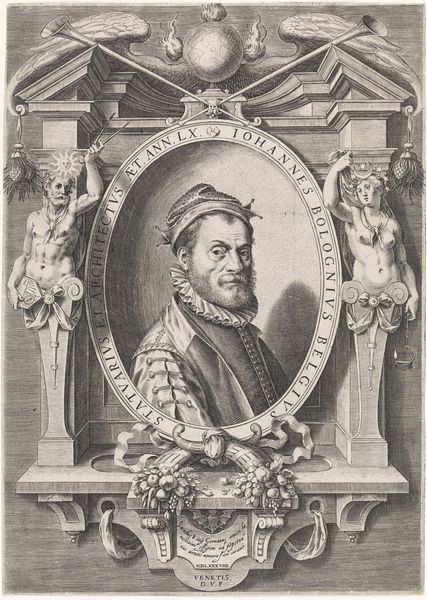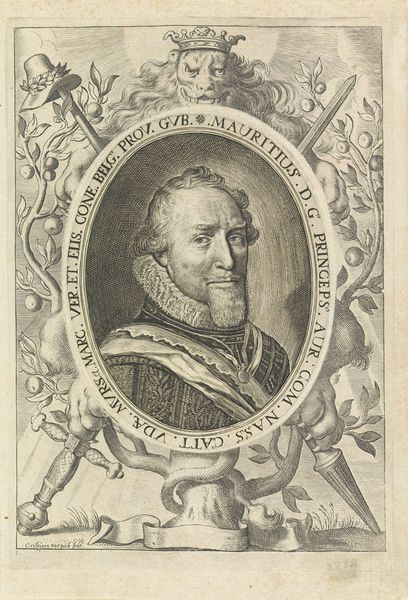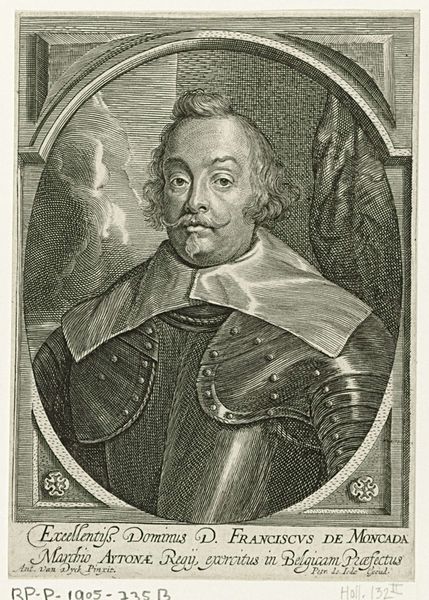
engraving
#
portrait
#
medieval
#
caricature
#
figuration
#
portrait reference
#
highly detailed
#
line
#
history-painting
#
northern-renaissance
#
engraving
#
realism
Dimensions: height 80 mm, width 67 mm
Copyright: Rijks Museum: Open Domain
Editor: Here we have "Portret van Maurits," an engraving from around 1618, housed here at the Rijksmuseum. It’s anonymous, but whoever made it, achieved some incredible detail with what appears to be simple lines. How do you interpret this work? Curator: Well, immediately I see an interesting relationship between labor and representation here. This isn't some grand oil painting intended for a palace. It's an engraving, a reproducible image. Think about the material reality: the labor involved in cutting that plate, the printing process. This image of Maurits, a powerful figure, becomes something more accessible, circulated through a burgeoning print market. It brings into question, doesn't it, the control of the powerful over their own image? Editor: That's a fascinating point. So the medium itself democratizes the image, to some degree? Is that what you're saying? Curator: Precisely. It moves beyond the singular, unique artwork valued only for its artistic merit to mass production of likeness as commodity. Who owns the image when it can be reproduced? Consider too, the function. This wasn't meant to simply be admired, perhaps it was circulated as propaganda or news. Think about the materiality and context, and it shifts our understanding of portraiture itself. Editor: I see. It really pushes me to reconsider what art "is" and who it serves. I'm struck by the intricate detail of his armour. I'm curious about the engraving as medium for historical record and circulation within society. Curator: Exactly! And the social forces at play through materiality become just as important as Maurits himself!
Comments
No comments
Be the first to comment and join the conversation on the ultimate creative platform.
